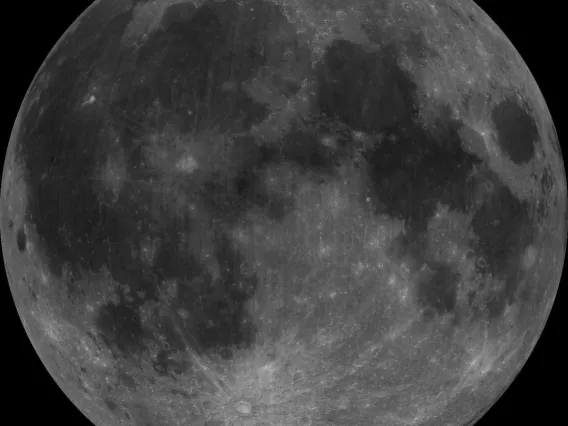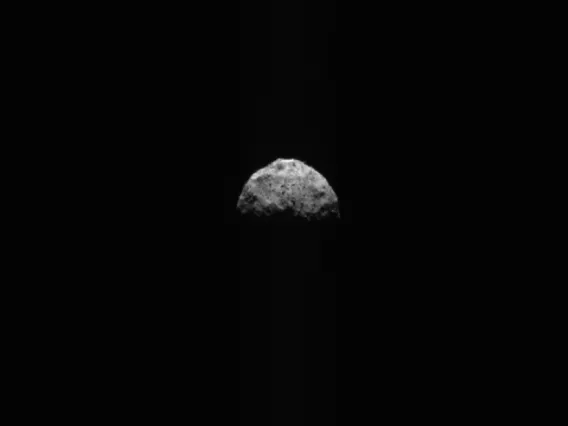LPL Spotlight Stories

Beyond Ordinary
Mapping Bennu: UArizona alumna’s wonder moment begins with the OSIRIS-REx mission and a pinpoint of light.

Masters of Space
Research from UArizona scientists has shaped our understanding of our solar system and universe - beginning with the Apollo 11 mission more than 50 years ago.
A Celestial Detective Makes Her Way From the UK to Investigate Space Rocks at Arizona
Jessica Barnes calls herself a cosmic detective. Her career path began to take shape when she discovered geosciences as an undergraduate at the University of St. Andrews in Scotland.

Iceland: The Wildcat Testing Ground
UArizona’s Lunar and Planetary Laboratory programs are influenced by early Apollo missions and Gerard Kuiper’s approach to teaching. He took his students on field trips to places on Earth that he felt were representative of what students might see on the moon or in the solar system.

New Images: OSIRIS-REx Leaves its Mark on Bennu
New images of Bennu's surface captured during the final flyover reveal dramatic changes to the sample site.

NASA’s OSIRIS-REx Completes Final Tour of Asteroid Bennu
Mission scientists will compare the final shots of the asteroid Bennu with images taken before the touch-and-go maneuver, which kicked up dust and rocks. Images are expected in about a week and will help scientists understand the asteroid's composition.

A Final Look At Bennu Before OSIRIS-REx Heads Home
The OSIRIS-REx mission is on the brink of discovering the extent of the mess it made on asteroid Bennu's surface during last fall's sample collection event.

Probing Alien Worlds: NASA's Pandora Mission Builds on UArizona Research
Tools and methods developed at the University of Arizona will help scientists study the atmosphere of exoplanets as part of NASA's Pandora mission concept.

Io Volcano Observer: Following the Heat and Hunting Clues to Planet Evolution
A proposed mission called Io Volcano Observer (IVO) would visit Jupiter’s moon Io, which is a true volcanic wonderland with hundreds of erupting volcanoes gushing tons of molten lava and sulfurous gases at any moment. https://www.lpl.arizona.edu/faculty/mcewen

How Microbes in Iceland Can Teach Us About Possible Life on Mars
Dr Solange Duhamel and Dr Christopher Hamilton, based at the University of Arizona, have brought together their respective expertise in environmental microbiology and planetary science to investigate how life could survive on Mars. Fascinatingly, this has been done by exploring an area in Iceland that resembles the red planet.
Pagination
- First page
- …
- 12
- 13
- 14
- …
- Last page

